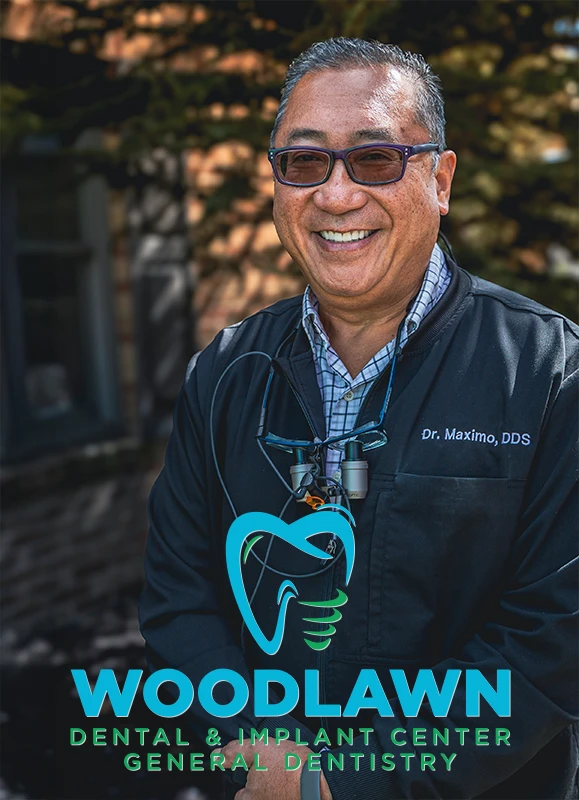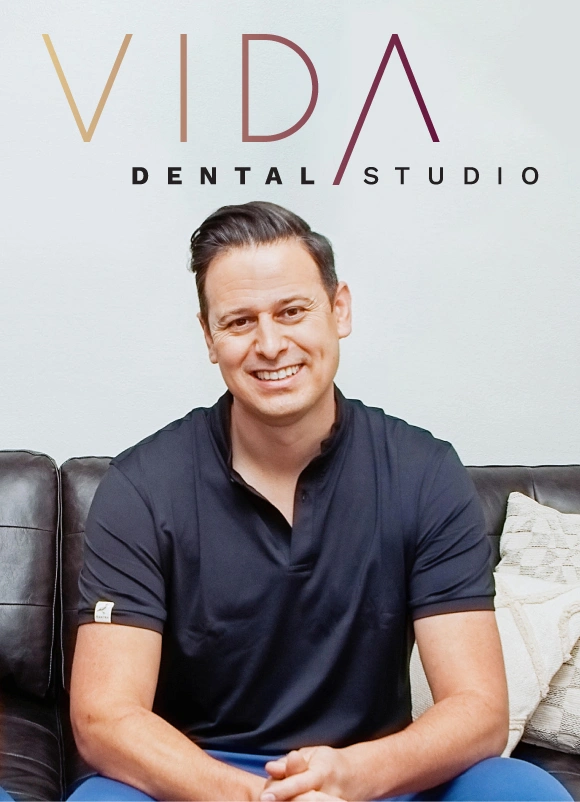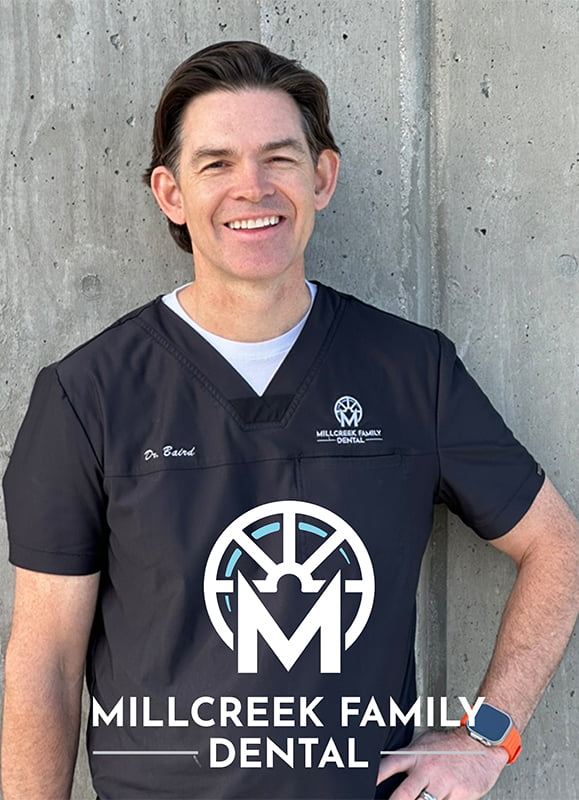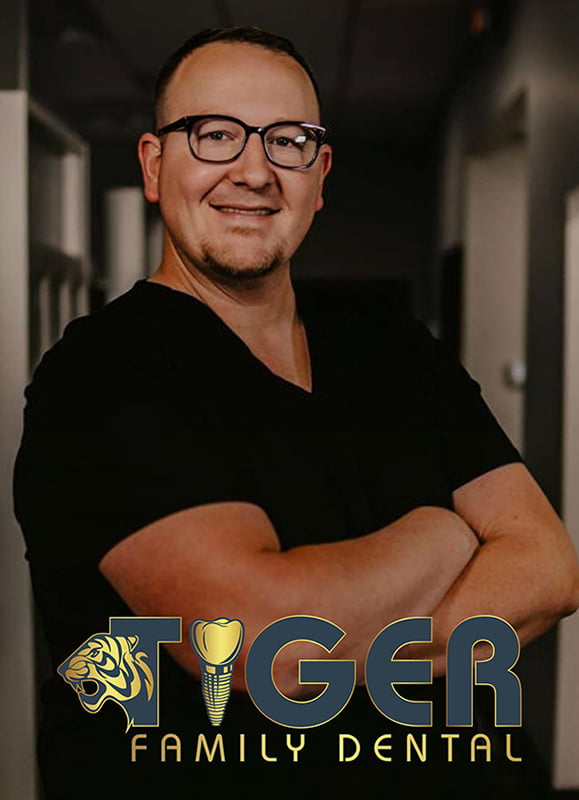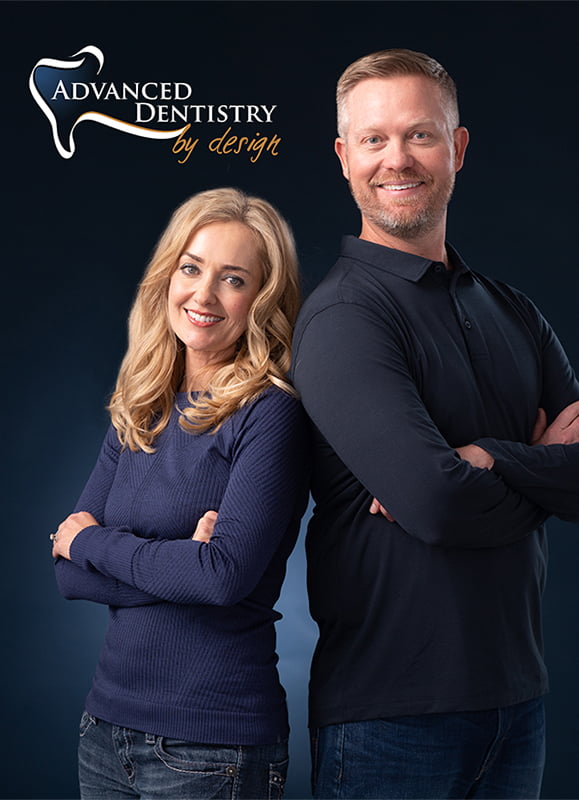3 Questions Every Dentist Must Ask Before the New Year (E.240)
“When you micromanage and when you are doing everything by yourself, then you don’t really have a team.” ~Dr. Bruce B. Baird
Are you running your practice by the seat of your pants and you’re exhausted? In this episode of the Productive Dentist Podcast, Dr. Bruce Baird takes you through a step-by-step process to create a plan for predictable growth in your dental practice. You’ll learn how to analyze your past year’s production, set clear goals for the months ahead, and engage your team to work toward those goals. Discover why tracking production-per-hour metrics can transform your practice and how to overcome the common challenges dentists face when running a business. Whether you’re looking to reduce stress, increase profitability, or simply build a more efficient practice, this episode has everything you need to get started.
As you listen to this episode, we invite you to think about the following questions:
- Are my practice’s goals for the upcoming year clearly defined and broken down into actionable monthly objectives?
- Am I tracking and analyzing key metrics like production per hour and procedure trends to identify areas for improvement?
- Is my team actively involved in supporting diagnostic accuracy and meeting production goals?
EPISODE TRANSCRIPT
[00:00:00] Announcer: The Productive Dentist Academy Podcast Network.
[00:00:03] Dr. Bruce B. Baird: When you micromanage and when you are doing everything by yourself, then you don’t really have a team. What you do is have a bunch of employees. When I say you’re having a team, that’s people who I’m counting on and I’m complimenting and I’m evaluating and I’m talking to them at the end of the day saying, great job today.
Thanks so much for your help. Hello everyone. This is Dr. Bruce B. Baird and you’re listening to the Productive Dentist Podcast. In this podcast, I will give you everything that I’ve learned over the last 40 years in dentistry, working with thousands of dentists, and I’ll tell you, it’s not that my way is the only way.
It’s just one that has worked extremely well for me, and I’d love to share that with you. So you too can enjoy the choices in lifestyle that productivity allows. More time for things you love, increased pay, better team relationships, and lowered stress. Let’s get into it with this week’s episode of the Productive Dentist Podcast.
Productive Dentist Podcast
[00:01:00] Regan Robertson: Doctor, what would an additional 219, 000 mean for your practice? I mean, really think about it. 219, 000, what would you do with it? That’s what PDA clients generated on average in just the last 10 months alone. You too can take control of your future today. Register for the 2025 PDA Conference to get the five key frameworks so you can accelerate your productivity, align your team for accountability, and elevate patient care like never before.
If you want case acceptance that skyrockets and stress that’s evaporated, this is the event. for you. If it’s time to stop spinning your wheels and instead get the predictable growth you deserve, go to ProductiveDentist. com right now and register for PDA’s 2025 conference, March 13th to the 15th in Frisco, Texas.
We look forward to seeing you.
[00:01:46] Dr. Bruce B. Baird: This is Dr. Bruce Baird with the Productive Dentist Podcast. It’s that time of the year guys and gals time to start planning for next year. One of the most important things that we did in our practice was planning exactly what we wanted to do. For next year, meaning what were our goals? What are our goals for January, February, March, April, May, all the way through the end of the year, what are our days off?
The associates would have to give me specific days that they were planning on being out of the office. Now, understanding, yes, there can be some changes in that, but I’m, I’m want to share with you that information here in just a minute about how we handle that. But we also would go into the past 12 months.
I would extrapolate from the end of November till the beginning of November the year previous because I wanted a true 12 month window of how we’ve been doing. And I would take that information and then do a production by procedure report. I would go through and I would figure out how many of each one of these things did we do in the last year and I would compare it to the year before that.
So why, why would I do that? Why would I take two years and compare them? To each other, because a lot of times what you’ll find is, and I always use the, I always use this one, the indirect pull caps. How many indirect pull caps do you do? And 23, you know, we did X number in, um, you know, in 22, we did. X number.
What’s the difference in those? I remember one year we had done like 32 indirect pull caps. And the next year, because we recognized that we weren’t doing very many, that all of a sudden we saw this jump the next year to where we did 483. indirect pulp caps. Is that mean you’re kind of nickel and diamond patients?
No. What happens is we tend not to diagnose it. Once we identify these 10 procedures that we did a whole lot of in 22, but we didn’t do a lot in 23 or in 23, but we didn’t do it in 24. Why didn’t we? And so we would look at that and say, well, you know, we haven’t done socket grafting. Or we have done it, but how many have we done?
And we compare it and all of a sudden we go, why are we not doing them? Mostly because I quit diagnosing it. So, how do I get my team on the same page that I’m on when we’re doing that? Well, what I do is I have, as part of the script, as part of the one act play, I would have my team go, Dr. Beard does not need an indirect pulp cap.
And I would say, Yes, that does. And what that means, Mary Lou, is that this is a very deep fill and we’re going to have to keep close watch on it, but I’m going to put some medicine right over where the nerve is kind of as an insulator and it’ll protect the tooth and it’ll help roast a new tooth between where the filling is and where your nerve is.
Uh, does that make sense? The patient would say, yeah, yeah. Okay. So they understand socket graft. Does that need, we have an extraction SC on 30. Uh, Dr. Beard does that, is that gonna need a graft? I would explain to the patient. Well, here’s the thing with grafting, what we do is we actually spin your blood, we create super cells, and we put it into that extraction site and new bone grows back there very quickly.
The good news of that is if you decide to have a bridge. To bridge across that area, you’ll have bone and it won’t be a gigantic tooth in between. Because what happens when you have a tooth extracted, you lose 70 percent of the width and 28 percent of the height in the first year. We don’t want that to happen.
It’s also ideal if we’re going to be placing an implant. Does that make sense? Oh, yeah, makes perfect sense. When we’re going through it with them, patients make the decision. Now, I don’t really want to do the graph. Usually it’s a cost issue, but at least I diagnosed. At least I gave the opportunity for the patient to have done what I would do in my own mouth.
And we can go through and look at it. Every single procedure that we do in the office and compare it to the year previous and see, are we going up? We going down? And why are we going down? Did we come up with a new technique? Um, really good one is when we look at, uh, you know, we look at doing crown lengthening.
Why is it fair to charge a patient the same if you’re doing super gingival crown or when you’re doing a crown that goes down to bone level and you’re trying to get a good margin there? Yeah. You know, they shouldn’t be charged the same. And so the way we do it is we charge the same for the crown itself, but then we add, is that going to be crown lengthening?
It helps when you have a team together where your chair side is saying, Dr. Baird, is that, is that being crown lengthening? It gets to a point to where you’re adding productivity that you should be doing, but you just kind of forget. We get easy. And when you do those things, you look at it and you say, we did paddos on.
This many people we had this many appointments. How many we do this year? How many we do last year? So we’re doing that in comparison. And one of the hardest things in business, doesn’t matter what kind of business you have, but when someone is a producer, I’m going to use a producer being the owner doc, an associate doc, dental hygienist.
They all need to know what their goal is. What is their production per hour? Why is that important? Because if you are running your business on a budget, which you should, truth is, out of 20 years of doing this and presenting stuff to docs, there was only 8 or 9 that actually ran their business with a budget to actual.
And what I mean by that is they know exactly how much they spend in each category. There are no miscellaneous. Now, I’m not talking about getting back information from your account in 15 days after the month. No, I’m talking about keeping track of your expenditures. We use QuickBooks, keeping track of your expenditures and your income on a daily basis every month.
And I could very confidently tell you when my hygienists were 100 percent committed, Which they were when my associate was 100 percent committed to a certain production per hour. What does that mean? Let’s just say that associate has been doing 100, 000 a month. And one month he does 40. And the next month he does 160.
And the next month he does 62. And then the next month he does 108. You can’t run a business. When you don’t have consistent sales, you have to have consistent sales because you don’t know what to buy. You don’t know what to do. And it’s massively important. The doctor is tracking his productivity per hour so that you begin to help the doctor.
You begin to help the hygienist. You know, if the hygienist is working eight hours and they’re doing 250 an hour, that’s 2, 000 a day. I’m going through and what I’m doing from the producers, I want to guarantee. What does that mean? Well, what if in February they planned a week off? A week off. Okay, what do you do?
Well, guess what? Their production per hour is going to change. They can either add some days to work or their production per hour, instead of being 700, is going to now be 820. Why? Because they have to be committed to it. If you’re taking time off, I still want you committed to the goal of a dollar number, 100, 000, 110.
And I want to hit that number Time and time and time again next year. And what’s amazing is Jeff and I would go back and we would look at, uh, last year’s forecast compared to, you know, this year’s forecast, but at the end of the year, we’re within 5 percent in every category of what we expected to spend.
Now that’s truly running your business like a business. Not by the seat of your pants. And trust me, I ran it by the seat of my pants and it causes frustration. Dentists get disillusioned. They say, I don’t want, I don’t want to own my own business. It seems so complicated. Truth is, I can teach you how to run your own business in a day, an afternoon.
I can show you how to predictably run your business and to handle it. That’s what we do at Productive Dentist Academy. We’re to teach you how to run your business. Because if you don’t know how to run it, people complain. Docs, I get this all the time about team. Team, team. When you micromanage and when you are doing everything by yourself, then you don’t really have a team.
What you do is have a bunch of employees. When I say you’re having a team, that’s people who I’m counting on and I’m complimenting and I’m evaluating. And I’m talking to them at the end of the day saying, great job today. Thanks so much for your help. And when we run behind on certain things, uh, as far as our goals are concerned, um, we talk about it.
What’s going on? Because I’m able to find out if there’s a 5 percent difference, uh, in our budget to actual of any time during the month, then I want to know if it’s 15%, if it’s 20%, I want to know why are we 15 percent higher? So that’s a whole nother podcast that we could do on that. But now is the time to plan for next year.
Get commitment from your producers. Pick what days you’re going to be gone. Kinda like when I went to the Greek Isles, rented a yacht 101 foot yacht for three weeks in the Greek Isles. What I won’t do is I won’t do that on the date February 1st through February 21st, and I only have seven days to work in the month of February.
What I did do is I did the last 10 days of September and the first 11 days of October, and then I preloaded my schedule during those two months. What do I mean by preloaded? When I had a big case come in, I would say, Bob, let’s get your gums healthy. I’d like to see you the first week in. September. So my production per hour went up significantly because I wasn’t going to be there as much, but it did not affect our goal setting.
It did not affect bonuses. It did not affect anything about running the business. And now’s the time to plan. So get after it. If you have any questions, Bruce, the productive dentist. com, please vote for us with dental podcasts and thanks for voting us number one last year. So Look forward to the next.
Thank you for joining me for this episode of the productive dentist podcast. If you found this episode helpful, make sure you subscribe, pass it along to a friend, give us a like on iTunes and Spotify, or drop me an email at podcast at productive dentist. com. Don’t forget to check out other podcasts from the productive dentist academy at productive dentist podcast.
com. Join me again next week for another episode of the productive dentist podcast.
Have a great experience with PDA recently?
Download PDA Doctor Case Studies
